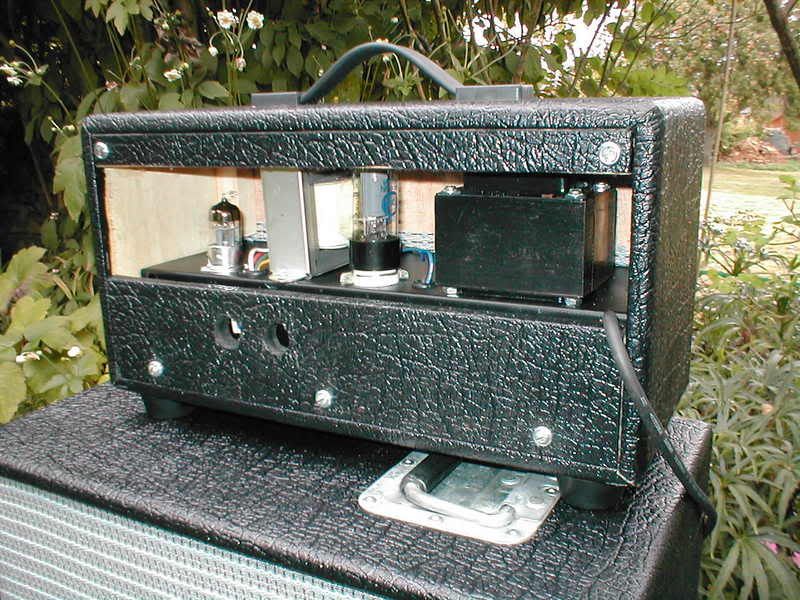Hi (again)- Im using this diycustomamps.com 5F2-A (with a std 6.3v lamp)http://www.diycustomamps.com/images/...ton_wiring.pdf
I cant understand the termination of the filament centre-tap. It shows going to the + end of the cathode bypass cap/ resistor . Im using a std pilot lamp with a 6.3v centre-tap, and as per other builds have it going to gnd at a PT bolt with the HV centre-tap & 1st filter cap gnd.. is this wrong? I am getting a loud buzz with sound, and trying to debug it.
. Im using a std pilot lamp with a 6.3v centre-tap, and as per other builds have it going to gnd at a PT bolt with the HV centre-tap & 1st filter cap gnd.. is this wrong? I am getting a loud buzz with sound, and trying to debug it.
Also using a SS rectifier as above, and a PT's ~280/ 280v HV secondaries Im getting very high voltages at each filter cap: 425v, 415v and 380v.. is this too high?
Finally Ive removed the neg feedback 22k and connection to the spkr jack.. is this wise, maybe a cause of bad buzz/ loud hum?
Appreciate any help, Captain.
I cant understand the termination of the filament centre-tap. It shows going to the + end of the cathode bypass cap/ resistor
 . Im using a std pilot lamp with a 6.3v centre-tap, and as per other builds have it going to gnd at a PT bolt with the HV centre-tap & 1st filter cap gnd.. is this wrong? I am getting a loud buzz with sound, and trying to debug it.
. Im using a std pilot lamp with a 6.3v centre-tap, and as per other builds have it going to gnd at a PT bolt with the HV centre-tap & 1st filter cap gnd.. is this wrong? I am getting a loud buzz with sound, and trying to debug it. Also using a SS rectifier as above, and a PT's ~280/ 280v HV secondaries Im getting very high voltages at each filter cap: 425v, 415v and 380v.. is this too high?
Finally Ive removed the neg feedback 22k and connection to the spkr jack.. is this wise, maybe a cause of bad buzz/ loud hum?
Appreciate any help, Captain.


Comment